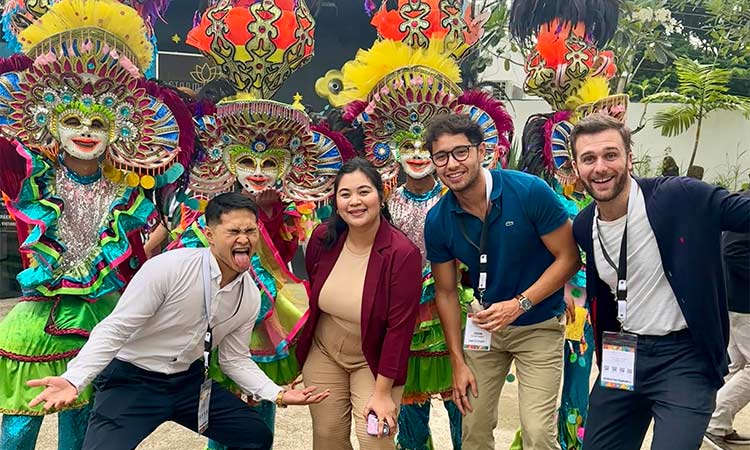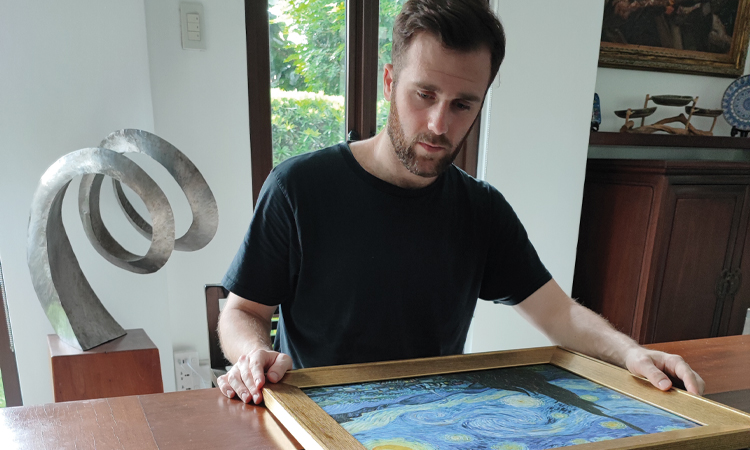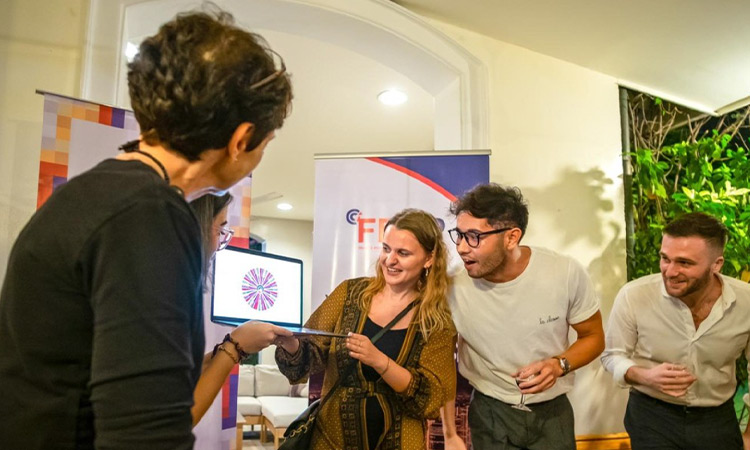The Philippines, historically, has been heavily involved with religion for the longest time. As a country that Spain colonized for about 300 years, one of the biggest influences that Spain left was Catholicism. Throughout our travels, we have discovered that Catholicism as a Filipino religion has placed itself at the core of most people here in the Philippines. Until now, Catholicism in the country determines many cultural values and norms that Filipino households uphold and live through their daily lives. Undeniably, Catholicism has impacted the country a whole lot. So, what are some specific influences Catholicism has left among Filipinos and the country as a whole? In this article, we will be giving our short insights on what we know about the Influence of Catholicism in the Philippines: a Filipino Religion Guide!
The Philippines serves as a home to one of the most number of Catholics in the world.
Catholicism is the biggest Filipino religion that most Filipinos follow here in the country. To be even more specific, more than 80% of Filipinos in the country identify as Roman Catholics. Despite being relatively small, the Philippines and its 111 million citizens boast the 3rd most number of Catholics in the world. On top of that, the country boasts of being the most Catholic country in Asia. Isn’t that fascinating? It is no wonder that most of the people we encounter during our trips identify themselves as Roman Catholics.

The Philippines has a whole lot of different beautiful and historical must-visit Catholic Churches that tourists go to!
When Spain brought Catholicism to the Philippines, the country became devoted to the point where it became a Filipino religion – the dominant one at that! So, it did not come as a surprise that the Filipinos’ profound love for the religion paved the way for some of the most exquisite Catholic churches we have ever seen in all of our travels.
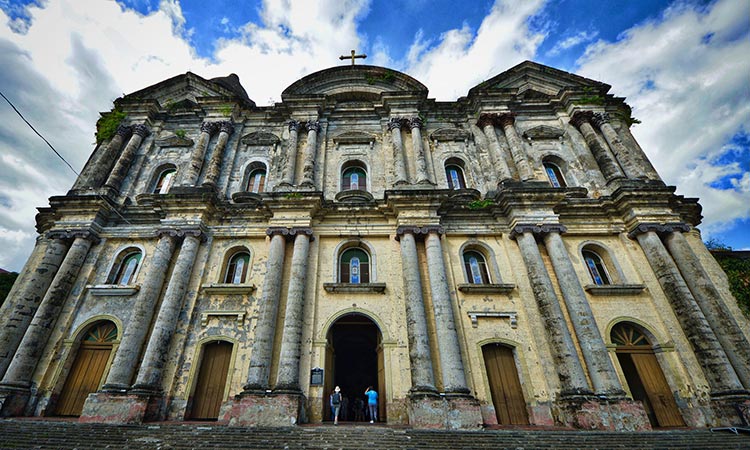
Not only are these churches beautiful, but they are also rich in history and culture, so you must visit at least one of them! The largest Catholic Church in Asia, the Basilica of St. Martin de Tours, is actually located in the Philippines, particularly in Batangas.
The Papal Visit is a significant event for the country.
As Roman Catholicism became the biggest Filipino religion that the people here follow, one of the most recent visits of a pope to the Philippines was and is still a significant event for the country. In 2015, Pope Francis stepped foot in the country, which was a highly anticipated time for many Filipinos. At this time, Pope Francis conducted a mass at the Quirino Grandstand in Luneta.
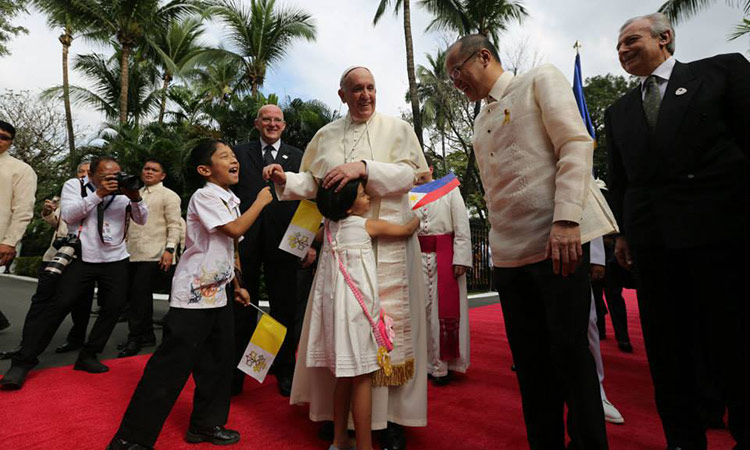
This mass became the biggest Papal gathering ever recorded. Seven million people were gathering at the location to commemorate Pope Francis. And, of course, their love for God and the Catholic religion.
Religious holidays in the Philippines are more than what you might think or expect.
Don’t be surprised about the radio silence for a certain time during April. This is because Catholicism is heavily practiced in the country. Celebrations of certain religious rituals have become a part of the Philippines as well. One of the most significant religious occurrences observed in the country is the Holy Week. This usually takes place around April annually. During this special occasion, Filipinos commemorate Jesus and his passion, death, and resurrection.
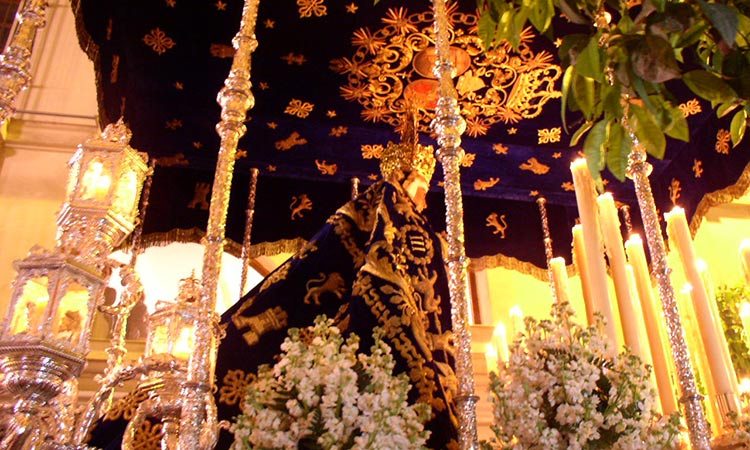
Each day of the week has a different occurrence that progresses until the final day. Processions, sermons, and certain masses occur during this time. People follow several rituals and superstitions during this entire week, while stations go off-air and businesses close earlier than usual. Other Filipinos, however, take the time to go on vacations during this time. It marks this holiday as one of the country’s peak seasons for traveling!
And not just holidays. Even several Religious Festivals are large events in the Philippines!
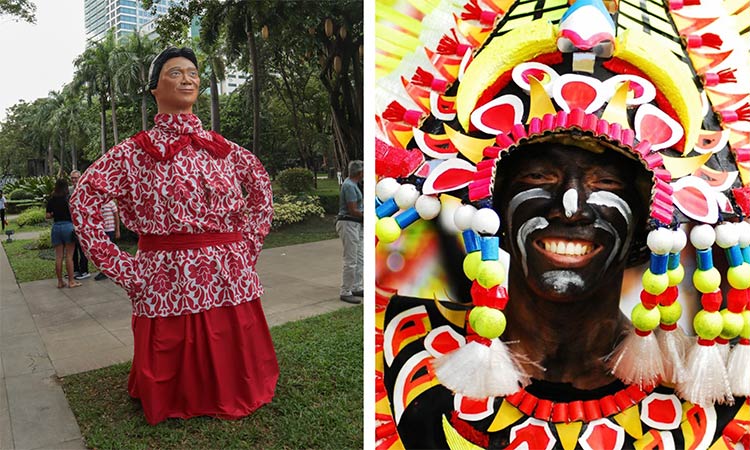
Filipinos who follow Catholicism in the Philippines manifest their faith in more ways than just praying. Considering this is the most prominent Filipino religion that most people follow, it gave birth to most of the religious festivals that the country currently has! One of the festivals that we significantly recall is the Higantes Festival in Angono, Rizal. It is where a patron saint is primarily carried by Catholic men clad in farmer or fisherman outfits while they accompany the main event, the “Higantes” or the giants. The Higantes Festival, in addition, also commemorates the feast of Pope St. Clement I at the same timeframe. The Ati-Atihan festival is also particularly significant in the country. Its celebration is in January to celebrate the Santo Niño or the Infant Jesus at Aklan.
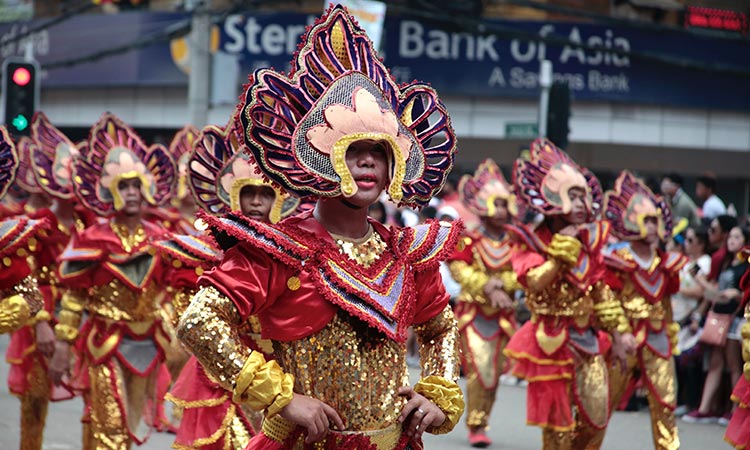
The Sinulog Festival in Cebu also marks a significant turn for Cebuanos as they transition from following Paganism to eventual Catholicism. The Sinulog Festival is an event with colorful and eye-catching dancers while women dance along and carry the Santo Niño with them!
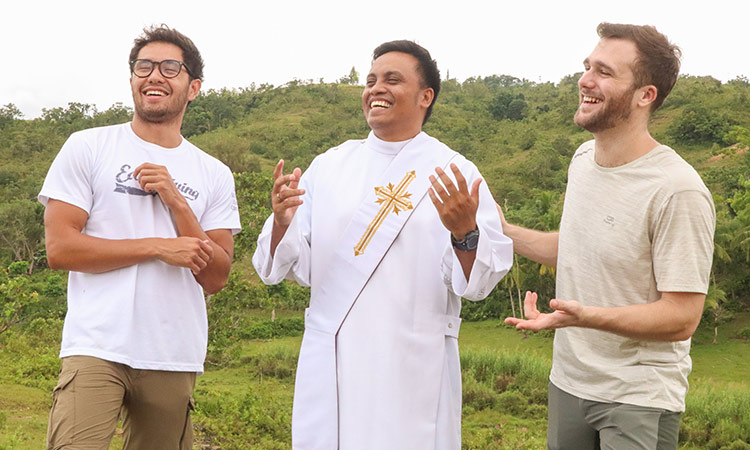
That’s what we know about Catholicism in the Philippines and its influence on Filipinos. We know we haven’t covered much of the influence of Catholicism as a Filipino religion in the country. But we are glad we have shared our insights and knowledge with you guys. Catholicism in the Philippines is a huge part of every Filipinos’ lives. More than that, we know that every Filipino who embodies and lives the values of the religion has a different story, experience, and perspective on how it influences them as individuals. One of our most recent trips to Oslob, Cebu, touched on a religious experience. It also offered a particular perspective on Filipino Catholics’ experiences and beliefs in life. Here, you may watch our vlog: These 2 Filipinos Quit Everything to Follow God – Oslob, Cebu. Our experience in that vlog is what led us to write this article. We hope you see faith and religion’s value in one’s life after reading this!



